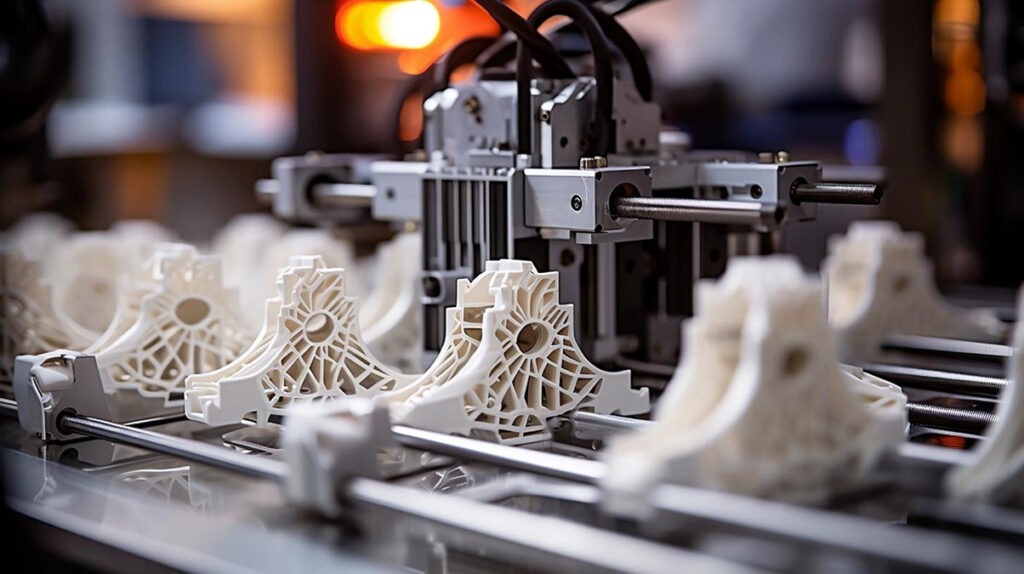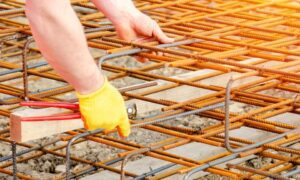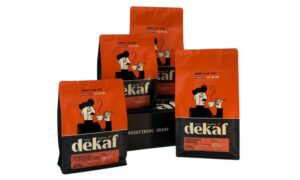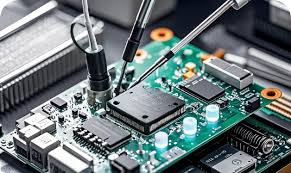3D printing has revolutionized product development by offering a fast and flexible way to create prototypes, functional parts, and even end-use products. However, with several different technologies available, selecting the right one can be a challenge. Each method offers distinct advantages depending on material requirements, part complexity, durability, and cost.
Selective Laser Sintering (SLS), Fused Deposition Modeling (FDM), Stereolithography (SLA), and Multi Jet Fusion (MJF) are among the most widely used 3D printing processes today. Understanding how they compare and when to use each one ensures that businesses and designers make the best choice for their specific projects.
Key Differences Between SLS, FDM, SLA, and MJF
Each of these 3D printing methods operates differently, which impacts the types of parts they can produce, the level of detail achieved, and their overall performance.
Fused Deposition Modeling (FDM)
FDM is one of the most widely accessible 3D printing methods. It works by melting and extruding thermoplastic filament layer by layer to build a part. Due to its affordability and ease of use, FDM is often chosen for concept models, basic prototypes, and low-cost functional parts.
This method is best suited for projects that do not require high precision or complex geometries. While FDM parts can be strong, the layer-by-layer process may result in visible layer lines and reduced surface smoothness compared to other technologies.
Stereolithography (SLA)
SLA printing uses a liquid resin that is cured with a laser to create solid objects. This method is known for its ability to produce extremely fine details and smooth surfaces. It is widely used for applications that require high precision, such as dental models, jewelry, and intricate product prototypes. While SLA offers exceptional detail, some resins may be not as strong as those found in other processes.
Selective Laser Sintering (SLS)
SLS printing fuses powdered material into solid parts using a laser. It is well known for producing durable, high-performance prototypes and end-use parts. Since SLS does not require support structures, it allows for the creation of complex designs with internal features that would be difficult to manufacture using other methods.
SLS is widely used in industries that require strong, functional prototypes, including automotive, aerospace, and medical applications. Its ability to produce lightweight yet durable parts makes it a popular choice for engineering and industrial use. More details on 3D printing SLS can be found at https://www.upsideparts.com/3d-printing/sls.
Multi Jet Fusion (MJF)
MJF works similarly to SLS but provides enhanced precision and control over material properties. This method produces parts with consistent mechanical performance and excellent surface quality. It is often used when end-use production parts need a balance of strength, flexibility, and fine detail.
MJF is commonly used for short-run manufacturing, functional prototyping, and consumer product development. The technology allows for high-speed production while maintaining accuracy and durability.
How to Choose the Best 3D Printing Method for Your Project
Selecting the right 3D printing technology depends on several key factors.
Strength and Durability Requirements
For functional parts that need to handle stress, impact, or wear, SLS and MJF are often the best choices. Both produce strong and durable components, making them well suited for engineering and industrial applications.
FDM also creates strong parts but may have visible layer lines, which can affect mechanical properties. SLA provides detailed parts but tends to be less durable.
Complexity of the Design
For intricate designs, internal structures, or interlocking components, SLS and MJF offer the most flexibility since they do not require support structures. SLA also handles fine details well but may not be suitable for large, complex parts.
FDM is better suited for simple geometries and parts that do not require high precision. While it can produce functional prototypes, it is not the best choice for designs that need smooth finishes or detailed features.
Surface Finish and Aesthetic Quality
If appearance is a primary concern, SLA is often the best option. It provides the smoothest surface finish and highest level of detail. MJF also delivers high-quality parts with a uniform surface, making it a good choice for consumer products or visible components.
FDM tends to have more noticeable layer lines, which may require additional post-processing to achieve a polished look. SLS parts have a slightly rough texture but can be finished to improve aesthetics.
Budget and Production Volume
FDM is the most cost-effective option for basic prototypes and large prints that do not require high detail. However, for production runs or high-performance parts, SLS and MJF become more cost-efficient due to their ability to print multiple parts at once.
SLA offers excellent quality but can be more expensive per part, especially for larger models. Choosing the right method depends on whether cost savings, detail, or durability is the top priority.
Turnaround Time and Manufacturing Speed
If a quick prototype is needed, FDM provides one of the fastest options. SLA, SLS, and MJF take longer due to their processing steps, but they offer higher quality and strength. For short-run production with consistent quality, MJF provides an efficient balance between speed and durability.
Making the Right Choice for Product Development
Each 3D printing technology has strengths and limitations that make it better suited for specific applications. Whether developing a rough concept, refining a detailed prototype, or manufacturing functional end-use parts, selecting the right method ensures the best results.
For businesses and designers in need of professional guidance, working with an experienced Boston 3D printing provider can help streamline the process. Choosing the best technology based on material properties, design complexity, cost, and production goals ensures that projects move forward efficiently and successfully.
By understanding how SLS, FDM, SLA, and MJF compare, companies can make informed decisions that lead to high-quality, reliable, and cost-effective product development.



































